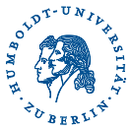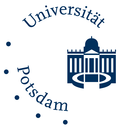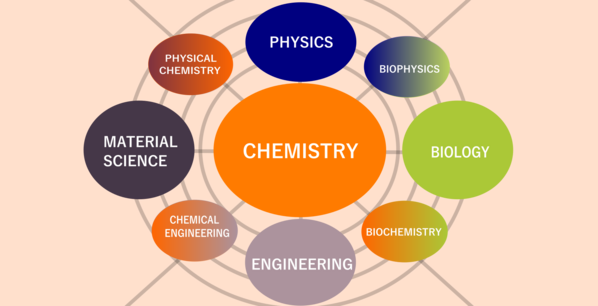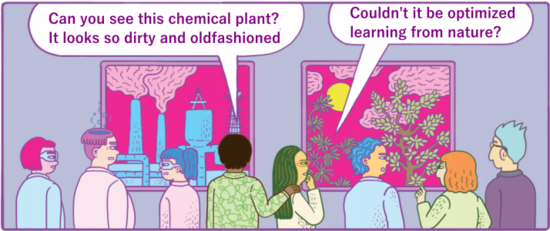
UniSysCat at a glance
Cluster of Excellence
UniSysCat stands for Unifying Systems in Catalysis. We are a group of more than 260 researchers from the four universities of Berlin and Potsdam, the Charité and four cooperating research institutes in the Berlin and Potsdam area:
Research areas in UniSysCat
UniSysCat is an interdisciplinary research network working jointly on coupled reactions in catalysis. To master this challenge, our research groups are comprising molecular and structural biologists, biochemists and biophysicists, physical and theoretical chemists as well as physicists.
UniSysCat is the follow-up project of the Cluster of Excellence UniCat. Here, we have already learned how to combine researchers from quite diverse disciplines to work on common scientific questions. Now, we're ready for the next challenge: Understanding how complex networks in catalysis work.
Our research is financed by the Excellence Strategy, a funding programme of the Federal Government and the Länder in Germany to strengthen cutting-edge research at universities.
The mission of UniSysCat
The mission of UniSysCat is to understand catalysis networks with their coupled catalytic reactions. Moreover, we're aiming to create and control catalytic reaction networks.
Our approach is to learn from nature. Biological catalysts, namely enzymes present in cells, are much more precise than any artificial human-engineered catalyst. We want to understand and retrace the complex, coupled processes driven by catalysts in nature.
One of our central topics is green chemistry. For instance, we want to use catalysis to design energy-saving devices or efficient ways of energy storage.
Can CO2 be retrieved from the atmosphere? Yes! That's exactly what happens in photosynthesis in plants. We want to understand this process to use it for CO2 reduction to limit climate change.
Silke Leimkühler, professor for molecular enzymology at Uni Potsdam and member of UniSysCat.
Electricity must be stored in times of overproduction to provide energy when little sunshine and wind is available. To store the green electricity in a highly scalable way, it must be converted into chemical energy. This can be done employing electrocatalysis.
Matthias Driess, professor for chemistry at TU Berlin and vice spokesperson of UniSysCat.
The vision of UniSysCat
Our vision is to revolutionize catalysis research. We'd wish to break the boundaries between chemistry, biology and physics.
We're not yet able to mimic nature. However, our vision is to learn from nature to build optimal, well-adapted coupled catalysts for many purposes in technology, industry or medicine.
My vision is to show, that there's only one unified catalysis. I am convinced that no matter if working with enzymes or platin particles - the dymanic effectiveness of these catalysts is the same.
Robert Schlögl, director of FHI Berlin and UniSysCat member.
Individual catalytic reactions are already well understood in many cases. The challenge now is to decipher reaction networks in chemical and biological catalysis in space and time so that they can then be controlled, predicted and modified.
Peter Hildebrandt, professor of physical chemistry at TU Berlin and member of UniSysCat.









